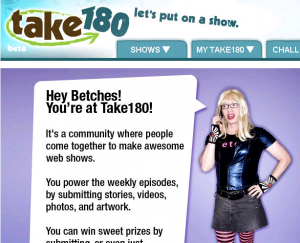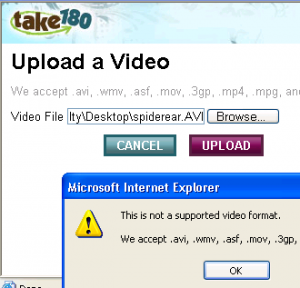This Content-to-Commerce post revealed some interesting social-media statistics, and prompted me to answer two questions:
- “Why aren’t digital agencies bringing social-media to clients?”
- “Why can’t brands seem to overcome their internal inertia?”
I have the somewhat rare experience of having seen social media strategy and tactics in various roles: as a marketer (client), client stakeholder (legal, PR, web), agency and even as a vendor to agencies.
The agencies will tell you that their marketing and PR clients WANT it, but the marketing client’s attorneys and bureaucracy is preventing it. The marketer may blame delays or failures on the digital or PR agency or more likely internal stakeholders. The reality is that all three (brand team, client stakeholders and partners) need to be aligned, or face months of nonsense for a tactic that may not yet be proven.
Here are some additional excuses and some ways to snuff them:
1) Agencies aren’t profiting on social-media like they do on web development and media buying. This, I believe, is the real reason agencies have been tentative about social media. Solution: give your agency an incentive by allowing them to conduct projects that aren’t specific to web development. Allow fees (project or retainer) to cover social-media strategists and monitoring. Sure it’s free to create many accounts (Twitter, Facebook, YouTube) but doing it well requires expertise.
2) My PR agency, AOR and web firm are telling me different things. Solution: Find one agency to lead social media, because it’s not easy to share it. Typically this would be your digital agency, although some are not driving social media as a progressive PR firm. I would not expect much out of an offline agency of record.
3) My internal stakeholders are “questioning it to death.” Solution: This is common, and your agency should help you develop the business case based on what you’re hearing as inevitable internal obstacles (which aren’t usually new, and were used to stop marketers from embracing the web). Attorneys are legitimately worried about legal ramifications, but a well-managed social-media strategy will address those risks and minimize them. Most problems attorneys fear are extremely rare. Public relations leaders are terrified about a negative Wall Street Journal resulting from a social-media error. Again, rare, but there are certainly enough examples to substantiate their fear.
There are two ways to address irrational stakeholder fears: first, make the business case to offset the risk. Second, put the risk in perspective. If you don’t do both, your chances of realizing the benefit of social-media are reduced by 80%.
4) My agency is clueless about Twitter, Facebook and YouTube. Solution: Demand expertise, and drop the agency if they can’t respond. Often the client is underwhelmed because his/her account team is not well informed. Sometimes there’s a social-media expert that’s cross accounts. Give your account team a reason to engage that person and learn from him/her.
5) The final excuse may require some self examination. It’s quite possible the marketer is the obstacle. If you haven’t been convinced social-media can drive sales, you’re probably sending your agencies mixed messages. Solution: Tell your agency you believe social-media may be important, but need to be convinced. Give them an opportunity to challenge some of your preconceived notions, like:
- My target customer doesn’t use social media.
- I don’t want my brand on the wild-west of YouTube (we said that about the web a decade ago).
- It’s going to be too difficult to implement — too many internal barriers. The “return on hassle” isn’t there.
- The ROI isn’t evident.
- Even if I did something, I’m not sure it would scale enough to impact sales.
These are legitimate concerns, but be open to facts that may convince you otherwise. Keep in mind that some of the highest performing levers of the marketing mix (paid search and websites) faced similar scrutiny when they were new.




